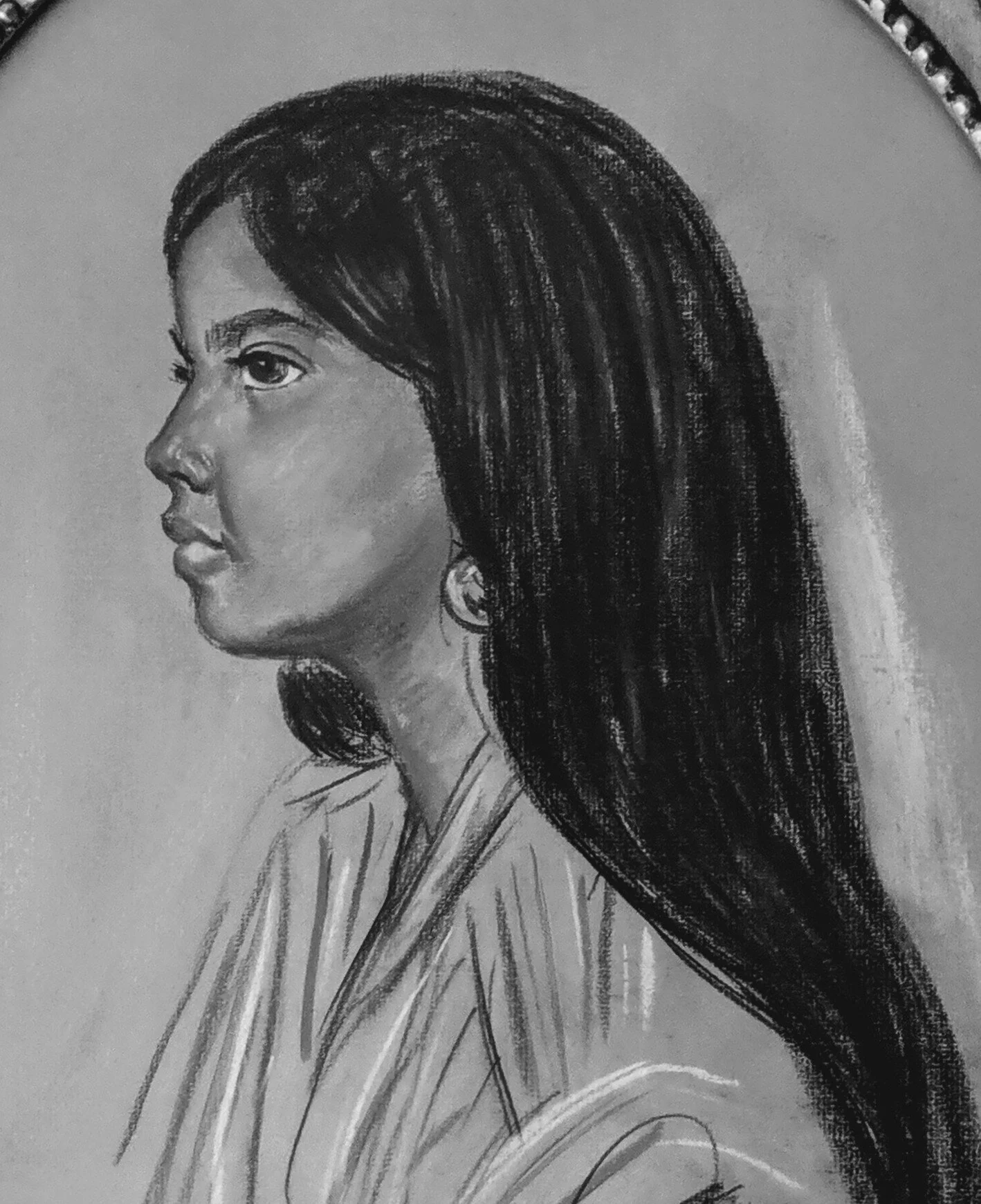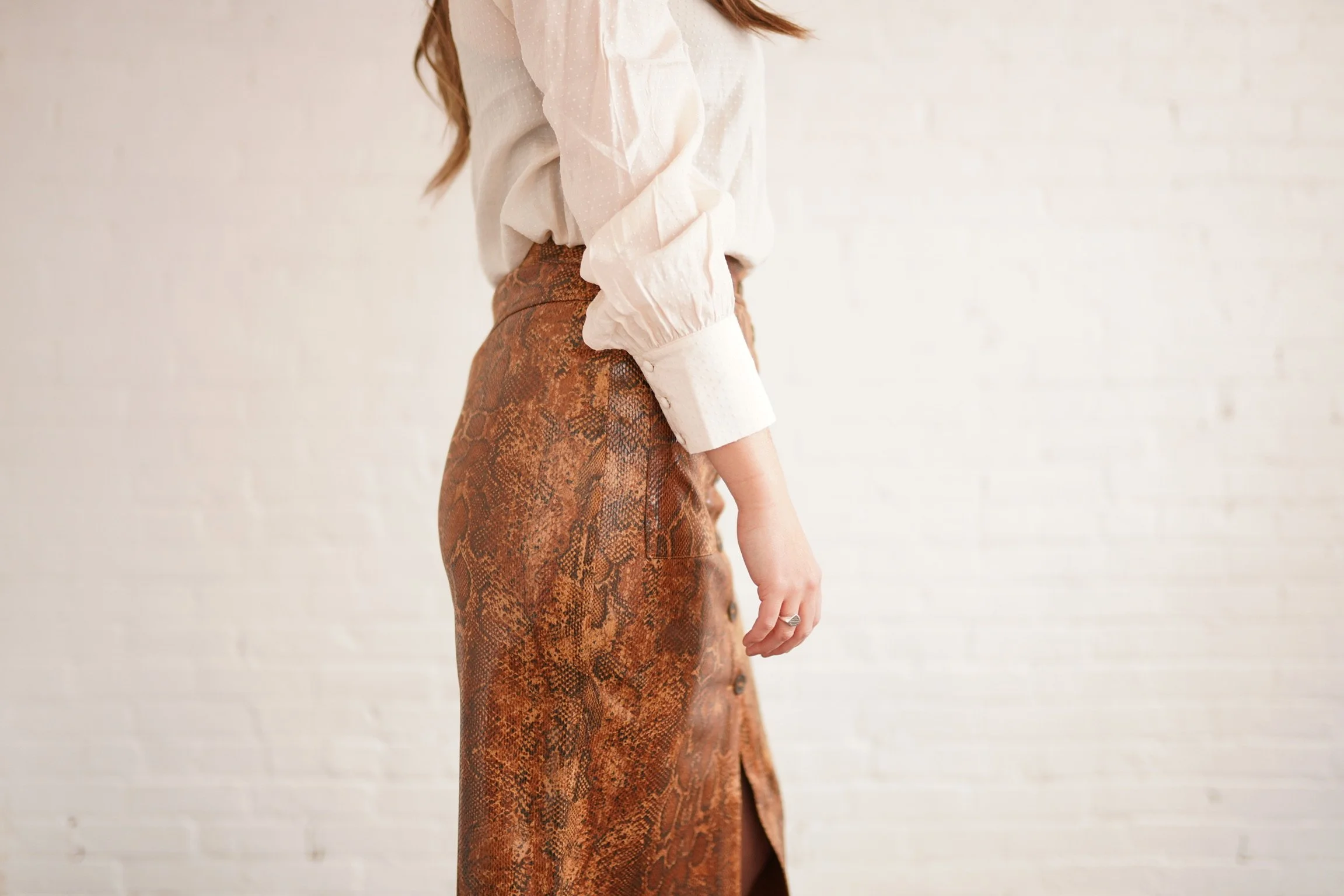A Celebration of the Solstice through the eyes of Indigenous designer - Heather Crowshoe.

Heather Crowshoe Couture
In the year 1996, the summer solstice, June 21st, marked a new beginning for Indigenous Peoples across Canada as it became a nationally recognized day to commemorate the histories of the First Nations, Inuit, and Metis Peoples. This day was chosen due to the significance of the summer solstice as the longest day of the year.
Photo courtesy of Heather.
In celebration of the Indigenous Peoples Week 2021, join me as we take a peek into the world of Heather Crowshoe, an Indigenous Fashion designer, who is building new bridges with modernity and sharing her people’s unique heritage and rich culture with the world through her fashion brand “Heather Crowshoe Couture”.
Heather comes from Piikani Nation, part of the Blackfoot Confederate in Southern Alberta. According to her, it’s still so strange when she’s referred to as a designer because she’s always been involved in fashion through her cultural ceremonies. Her grandmother and aunties are part of those who helped with the repair and creation of clothing items and accessories for these ceremonies and in the process, the skill was passed on to her.
Most of the items being over 100 years old, Heather finds herself amazed at the craftsmanship and thinking about how hard it must have been to get most of the pieces (such as bones and beads), used in designing the ceremonial fits and how most of these pieces speak of clothing provenance. Clothing provenance here is in line with clothing sustainability. It raises questions like, “who made your clothes?” “what’s the purpose, identity and function of your clothes, how do you preserve these clothes over your lifetime?’” This was when Heather discovered her passion through her daily life and decided to go to fashion school, so she could acquire skills to apply her traditional abstract clothing concept to modern life.
Looking at the evolution of Indigenous fashion over the years, Indigenous people weren’t allowed to have their high fashion evolve because of colonization. In Heather’s words,
“For us, colonization happened very quickly and violently. Lots of government policies prevented us from even exploring the art because we were for so many generations in survival mode.”
Heather shared that her father was one of those coerced to go to residential schools. He left his parents at the age of three and was only able to reconnect with them through their ceremonies, language and strong connections with his grandmother. This is the situation with many Indigenous people. They experience a disconnect with their identity. The best way to tackle this, according to Heather, is to be resilient, learn from your mistakes, be kind and treat everybody with respect. Just like her dad has been able to do, ever so gracefully. She believes that “Peace and Love are extremely powerful things. More powerful than war and violence”.
It’s important to note that traditional Piikani ceremonies believe the Creator gave them a process to live a good life and these ceremonies are bits and tiny processes that teach them how to live a good life. The ceremonial robes were made from hides, which then became blankets but due to the interruption of our clothing evolution, thanks to colonization, Heather finds herself wondering what this item of clothing would have become today. In general, the colour, design and style of a piece of clothing have both physical and spiritual significance and this is what Heather incorporates into her design process. She learns about her client’s cultural background, essence, what moves them and puts together a design using clothing pieces that represents this. Heather maintains clothing provenance by drafting and doing fittings. This helps her spend more on expensive fabrics. She is a designer that can take a piece from idea, to sketch, to toile, to fittings and the final product and it’s one of the things that makes her a unique designer. It is indeed a very personal process for her.
On this being passed onto the next generation, Heather mentioned that all Indigenous families that participate in Pow Wow (a social meeting held by many North American indigenous communities), have a team of people working on the regalia. If it’s not within the family, it's within the community. Ever since she was young, if someone needed an article of clothing, the family got together and worked on creating it. Every member of the family has their own skills, strengths and weaknesses. Drafters, toille makers, embellishers, etc. It’s almost like an atelier. This culture persists within families in the Indigenous community and Heather hopes her grandchildren will take it on, just like her daughter, Karli Crowshoe - who is also a fashion designer, did.
Rounding up this piece with Heather’s advice to every Indigenous person out there having a difficult time expressing the past and future in their work.
“I encourage them to really figure out what their essence is, find an elder who can mentor them, or go to school to learn a skill like I did. Just find a way to express your essence and you will never go wrong and you will never go hungry”.
You can connect with Heather Crowshoe Couture on Instagram @hcc_yyc and her Facebook Page Heather Crowshoe Couture.
Janet Adesina's all about ideas and strategies using effective communication. She is the founder of NAIJAGIRLINCANADA (@naijagirlincanada on Instagram), a lifestyle brand where she consistently adds value and shares real life experiences about living in Canada- with one goal in mind- to help new and future immigrants make informed decisions.
She is also Coordinator with a Toronto based IT firm , a Fashion Youtuber (@fc_fashioncorner_ on Instagram) and a strategic Digital Marketer.





